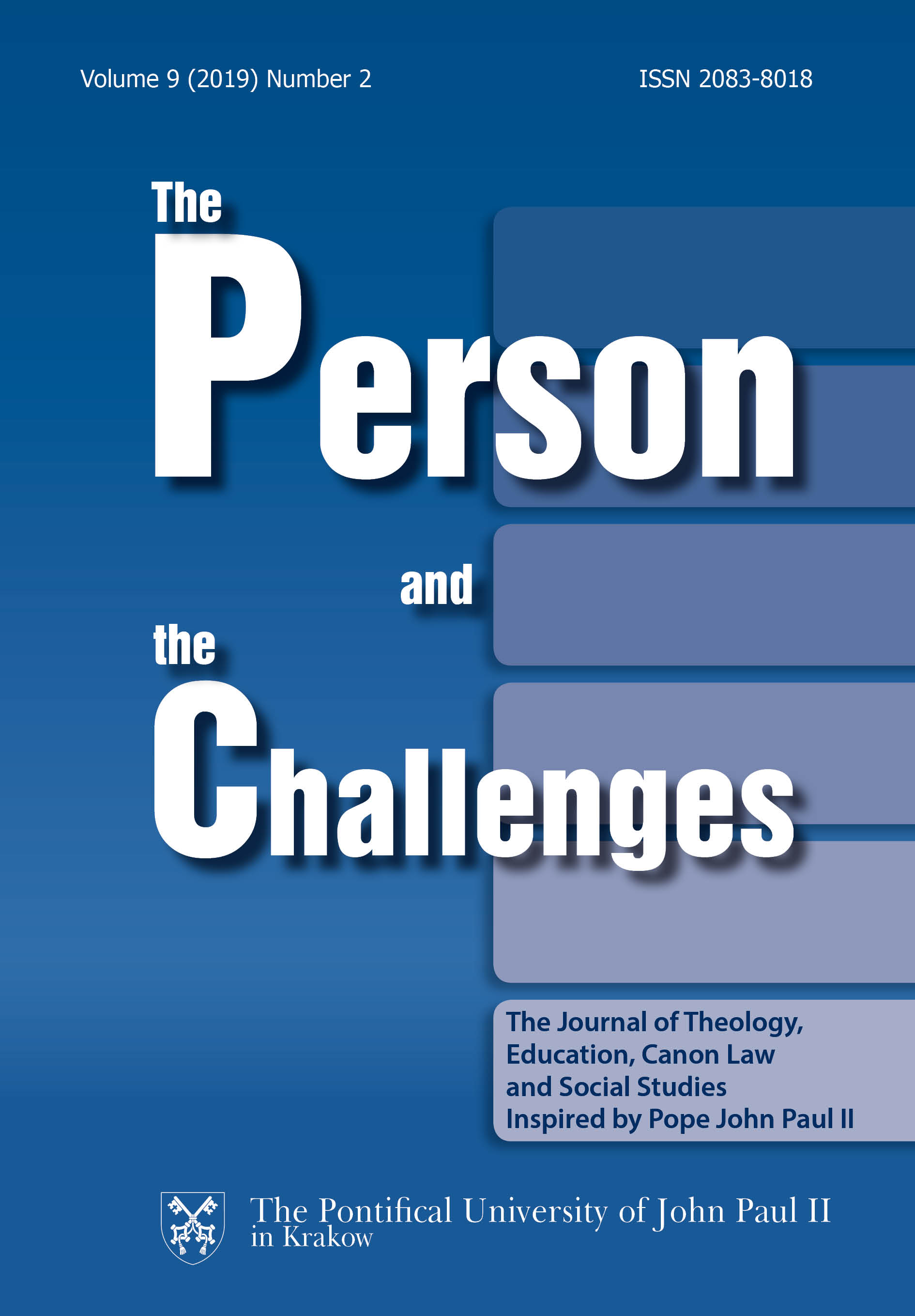Enslavement of the Church in Poland in 1953
DOI:
https://doi.org/10.15633/pch.3450Keywords:
Stefan Wyszyński, Bolesław Bierut, Catholic Church, communist government, anti-Church policyAbstract
The accord entered into by and between representatives of state and Church authorities on April 14th 1950 did not protect the Catholic Church from further repression. On February 9th 1953, the State Council decreed with regard to the filling of ecclesiastical posts in the Church. Through such normative, the state authorities awarded themselves the right to interfere with the human resources aspect of religious creed. A categorical objection (Non possumus!) to this policy determined the imprisonment of the Primate Cardinal Stefan Wyszyński. The primate’s detention offered proper political conditions to engage in this and other campaigns targeting the authority, independence, and identity of the Catholic Church. The clergy’s influence on public life was restrained, and the Church was deprived of independence. It might well be assumed that were it not for events of October 1956, the Church in Poland would have been permanently subjugated to the State.
References
Dudek A., Państwo i Kościół w Polsce 1945–1970, Kraków 1995, published by PiT.
Dziurok A., Kruchtoizacja. Polityka władz partyjno-państwowych wobec Kościoła katolickiego w latach 1945–1956 w województwie śląskim/katowickim, Katowice 2012, published by the Institute for National Remembrance.
Fijałkowska B., Partia wobec religii i Kościoła w PRL, vol 1: 1944–1955, Olsztyn 1999, published by Uniwersytet Warmińsko-Mazurski.
Kochański A., Muraszko G.P., Noskowa A.F., Paczkowski A., Persak K. (selection and compilation), E. Rosowska (translation), Polska w dokumentach z archiwów rosyjskich 1949–1953, Warszawa 2000 („Dokumenty do dziejów PRL” series, brochure 12), published by the Institute of Political Studies of the Polish Academy of Sciences.
Noszczak B., Polityka państwa wobec Kościoła rzymskokatolickiego w Polsce w okresie internowania prymasa Stefana Wyszyńskiego 1953–1956, Warsaw 2008, published by the Institute for National Remembrance.
Pieronek T., „Non possumus”. Linia obrony biskupów polskich przed skutkami dekretu „O obsadzaniu stanowisk kościelnych z 9 II 1953 roku, in: R. Terlecki (ed.), „Do prześladowania nie daliśmy powodu…” Materiały z sesji poświęconej procesowi kurii krakowskiej, Cracow 2003, published by the Institute for National Remembrance, pp. 47–58.
Raina P., Kościół katolicki a państwo w świetle dokumentów 1945–1989, vol. 1: 1945–1959, Poznań 1994 („Kościół w PRL” series), published by W drodze.
Wyszyński S., Pro memoria, vol. 2: 1953, ed. E. K. Czaczkowska, Warsaw 2017, published by the Institute for National Remembrance.
Wyszyński S., Pro memoria, vol. 3: 1953–1956, ed. I. Czercińska, fr. A. Gałka, Warsaw 2018, published by the Institute for National Remembrance.
Żaryn J., Dzieje Kościoła katolickiego w Polsce (1944–1989), Warszawa 2003, published by Neriton, Institute of History of the Polish Academy of Sciences.
Published
Issue
Section
License
Copyright (c) 2019 Łucja Marek

This work is licensed under a Creative Commons Attribution 4.0 International License.
Authors who publish with this journal agree to the following terms:
- Authors retain the copyright and full publishing rights without restrictions, and grant the journal right of first publication with the work simultaneously licensed under a Creative Commons Attribution 4.0 International License that allows others to share the work with an acknowledgement of the work's authorship and initial publication in this journal.
- Authors are able to enter into separate, additional contractual arrangements for the non-exclusive distribution of the journal's published version of the work (e.g., post it to an institutional repository or publish it in a book), with an acknowledgement of its initial publication in this journal.
- Authors are permitted and encouraged to post their work online (e.g., in institutional repositories or on their website) prior to and during the submission process, as it can lead to productive exchanges, as well as earlier and greater citation of published work (See The Effect of Open Access).

